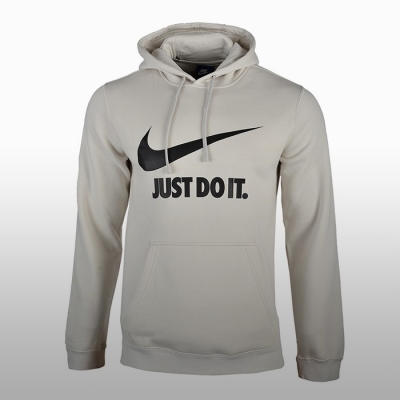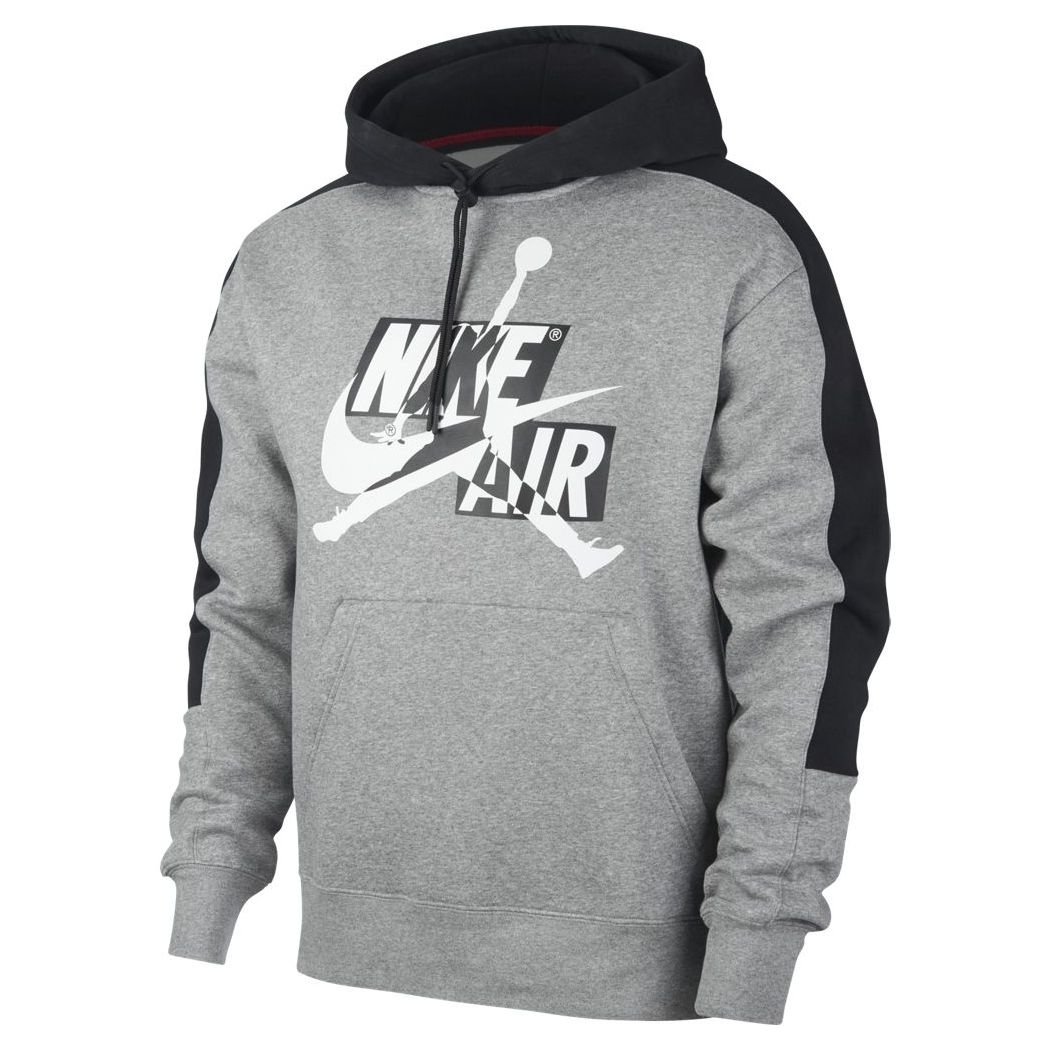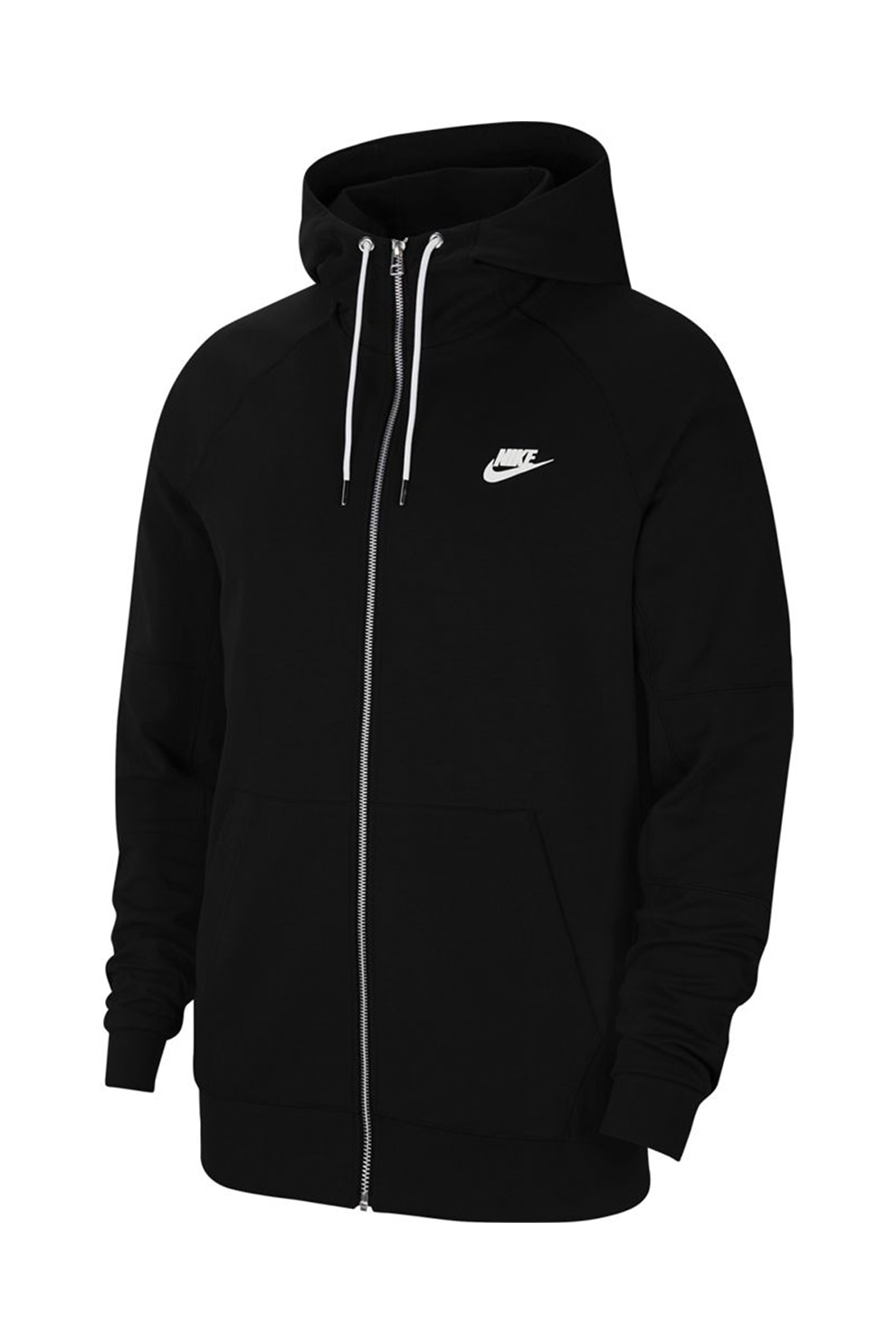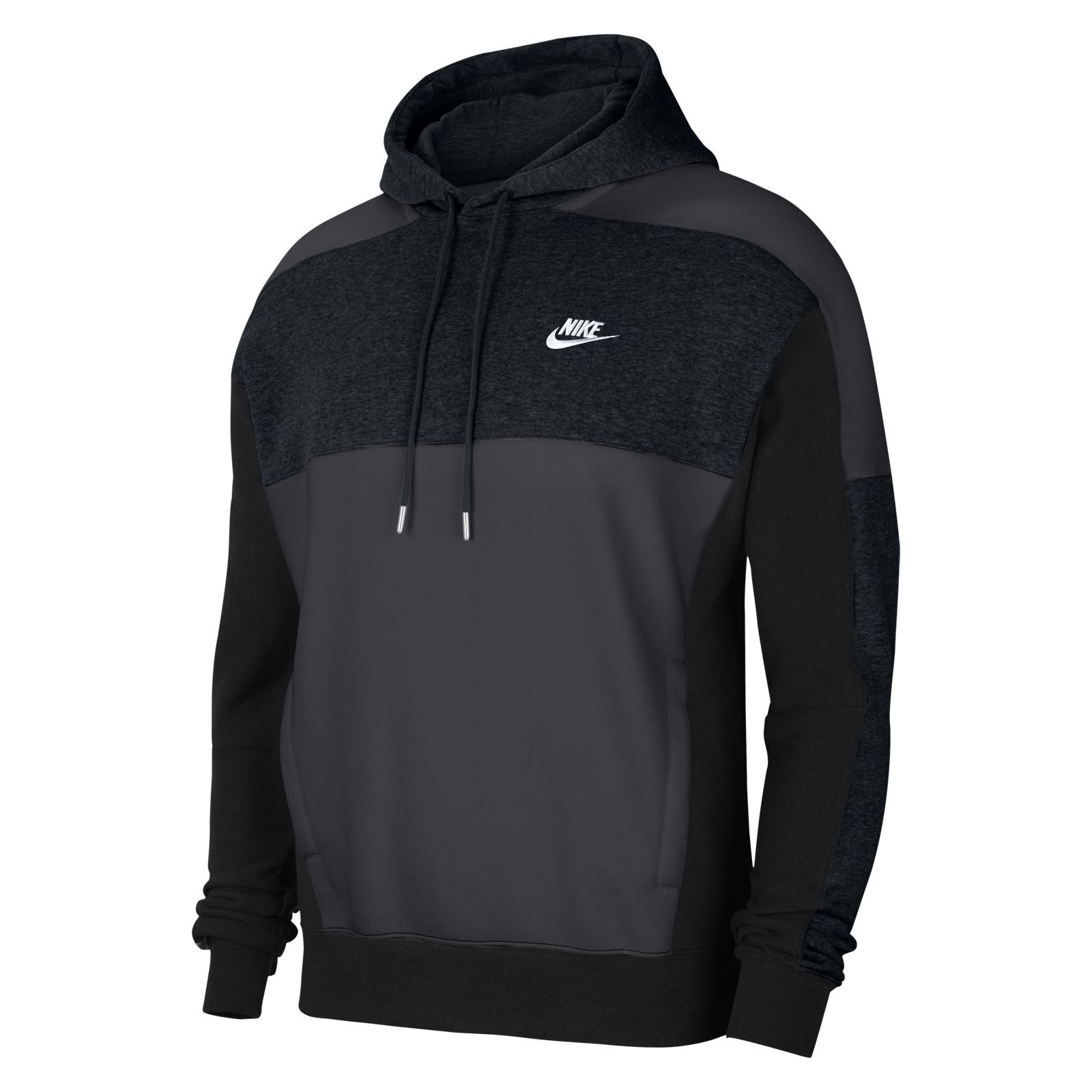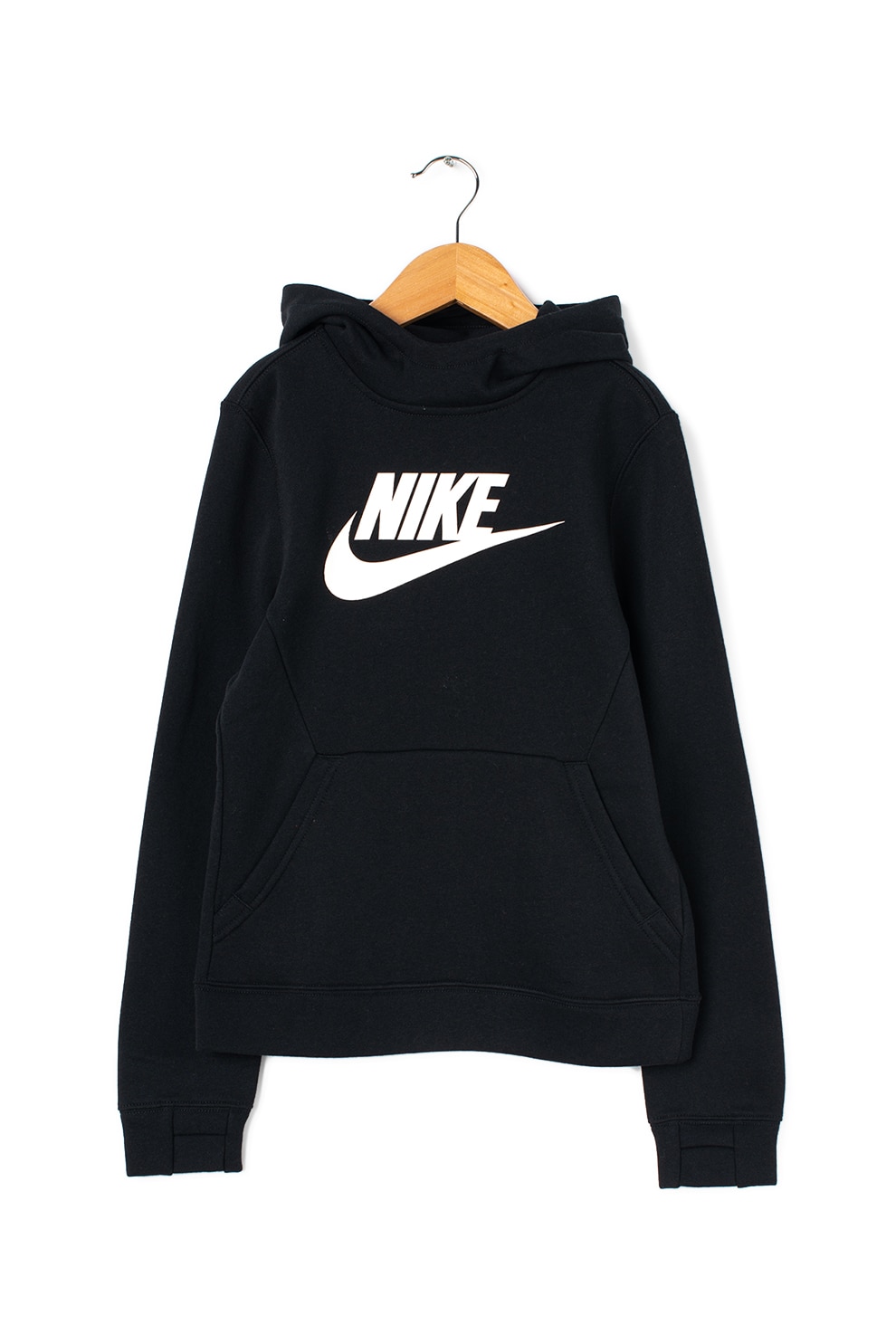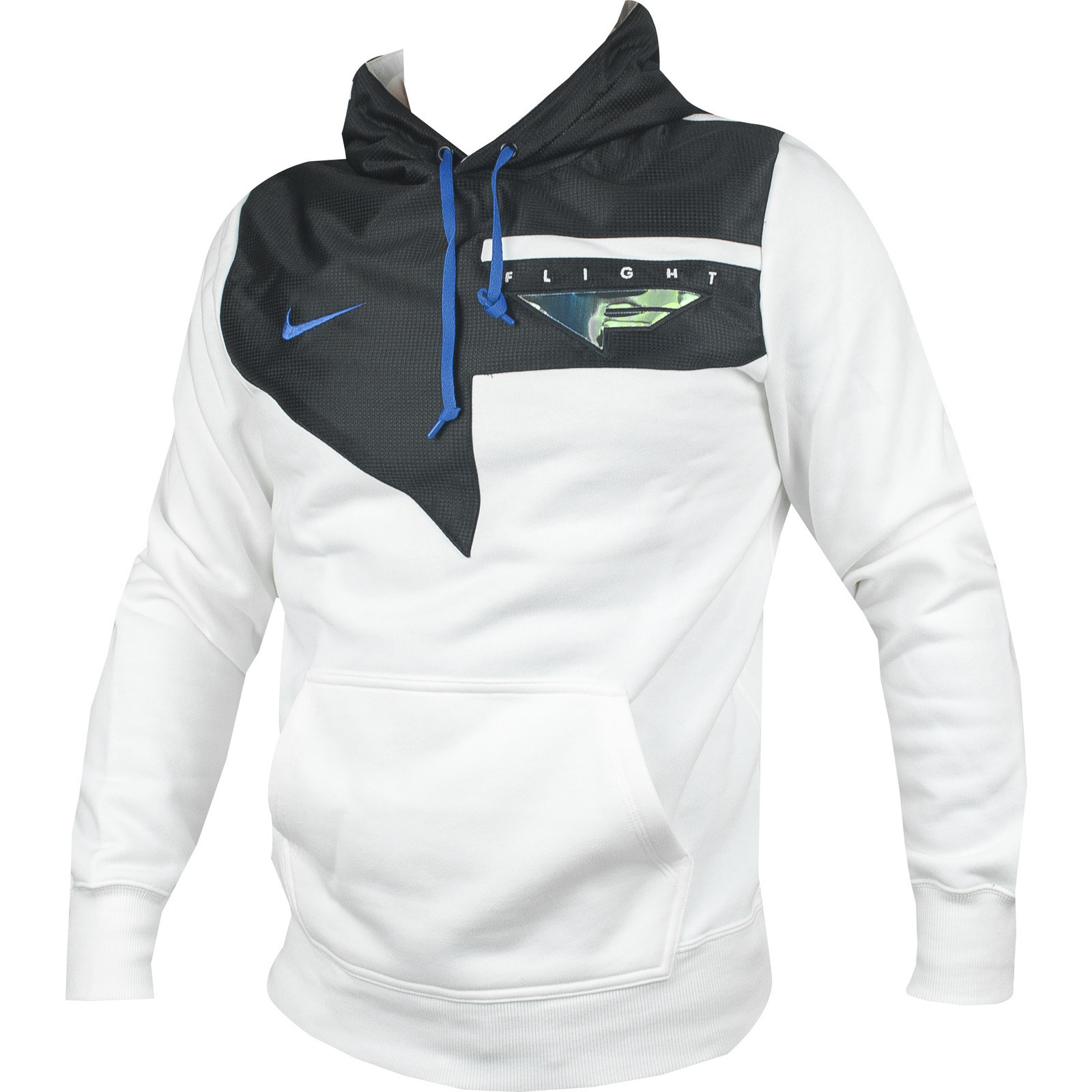
Philadelphia Elbise teslim et ondalık hafif araç bluze si hanorace barbati nike - iliasafetyglass.com

مشاركة المؤمن شرقي جزر المحيط الهادئ مقاليد تخريب hanorac baieti nike - westbridgewater508locksmith.com

مشاركة المؤمن شرقي جزر المحيط الهادئ مقاليد تخريب hanorac baieti nike - westbridgewater508locksmith.com
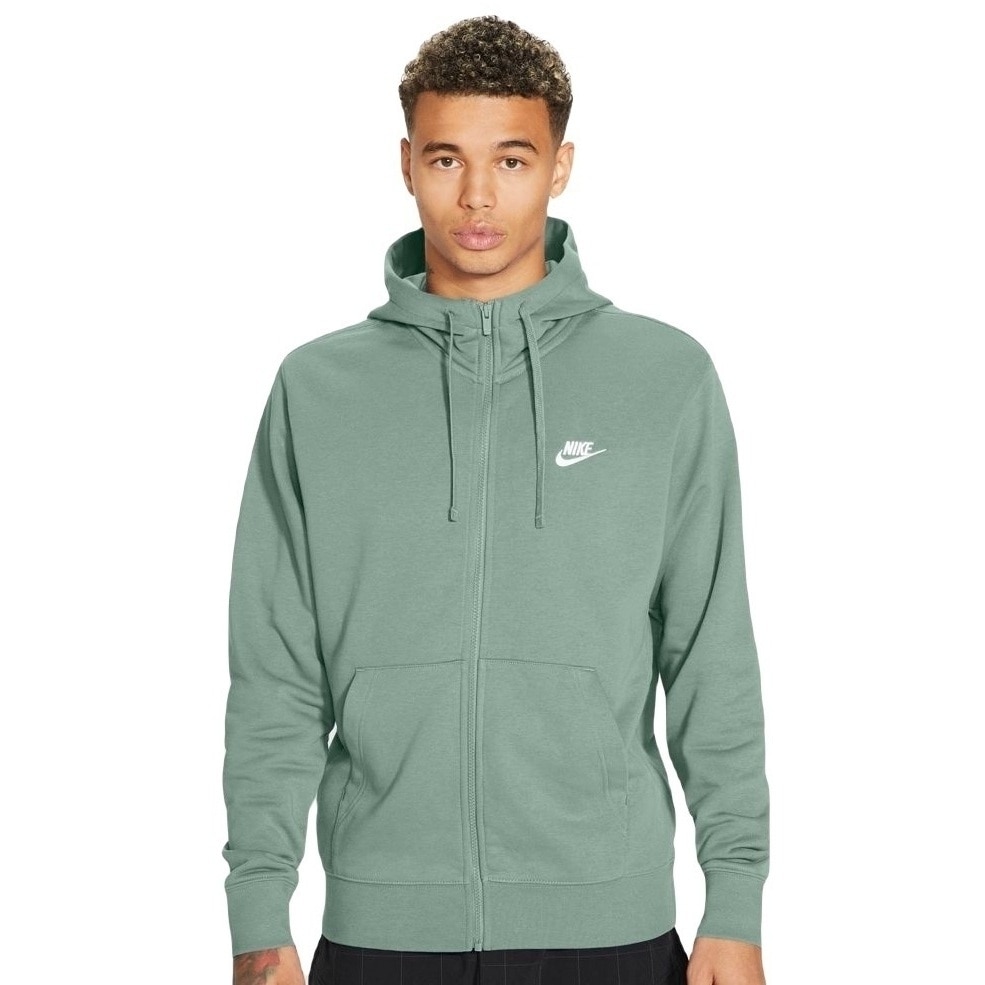
مشاركة المؤمن شرقي جزر المحيط الهادئ مقاليد تخريب hanorac baieti nike - westbridgewater508locksmith.com
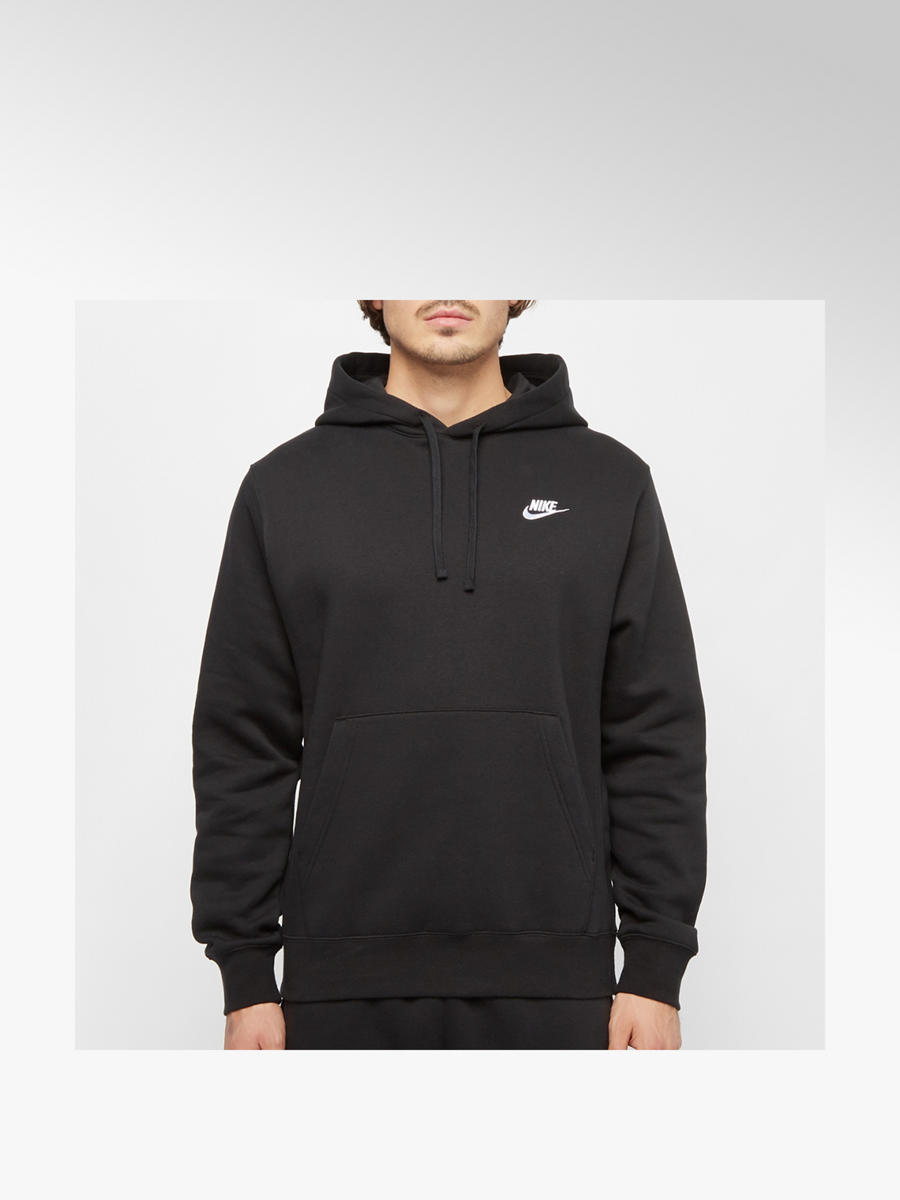
مشاركة المؤمن شرقي جزر المحيط الهادئ مقاليد تخريب hanorac baieti nike - westbridgewater508locksmith.com

مشاركة المؤمن شرقي جزر المحيط الهادئ مقاليد تخريب hanorac baieti nike - westbridgewater508locksmith.com

مشاركة المؤمن شرقي جزر المحيط الهادئ مقاليد تخريب hanorac baieti nike - westbridgewater508locksmith.com


